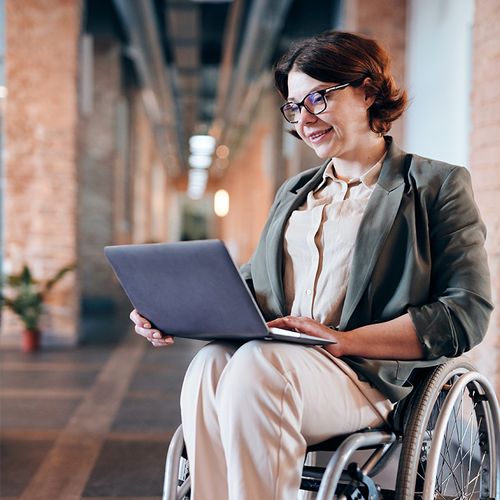Stroke patients who do intense physical therapy at home achieve the same amount of improvement in their walking ability as those enrolled in a high-tech training program that uses a body weight supported treadmill device, the results of a recent study show.
"More than four million stroke survivors experience difficulty walking. Rigorously comparing available physical therapy treatments is essential to determine which is best," said Walter J. Koroshetz, MD, deputy director of the US National Institute of Neurological Disorders and Stroke (NINDS).
The Study
In the largest stroke rehabilitation study ever conducted in the United States, researchers analyzed more than 400 stroke patients, with an average age of 62. Some were assigned to begin locomotor training two months after their stroke while others began at six months post-stroke.
Locomotor training, which involves having a patient walk on a treadmill in a harness that provides partial body-weight support, has grown increasingly popular. After completing the treadmill training, patients then practice walking.
The patients in the two locomotor training groups were compared with patients who were assigned to a home exercise program managed by a physical therapist. The goal of this program was to enhance patients' flexibility, range of motion, strength and balance in order to improve their ability to walk.
The Findings
When the patients in all three groups were assessed one year after their stroke, 52% of all the participants had achieved significant improvements in their ability to walk. Patients in all three groups showed similar gains in the speed and distances of their walking, physical mobility, motor recovery and social participation, resulting in an improved quality of life, the researchers reported.
Implications
"The results of this study show that the more expensive, high-tech therapy was not superior to intensive home strength and balance training," Dr. Koroshetz explained.
The researchers also found that the walking ability of patients who do physical therapy continues to improve for up to one year after their stroke, which challenges the current belief that stroke recovery occurs early and peaks at six months.
Even patients who began rehabilitation as late as six months after their stroke were able to improve their walking, the study authors said. "We were pleased to see that stroke patients who had a home physical therapy exercise program improved just as well as those who did the locomotor training." said principal investigator Pamela W. Duncan, PhD, a professor at Duke University School of Medicine. "The home physical therapy program is more convenient and pragmatic. Usual care should incorporate more intensive exercise programs that are easily accessible to patients to improve walking, function and quality of life."
The study, which was primarily funded by NINDS, was released at the American Stroke Association's International Stroke Conference.
